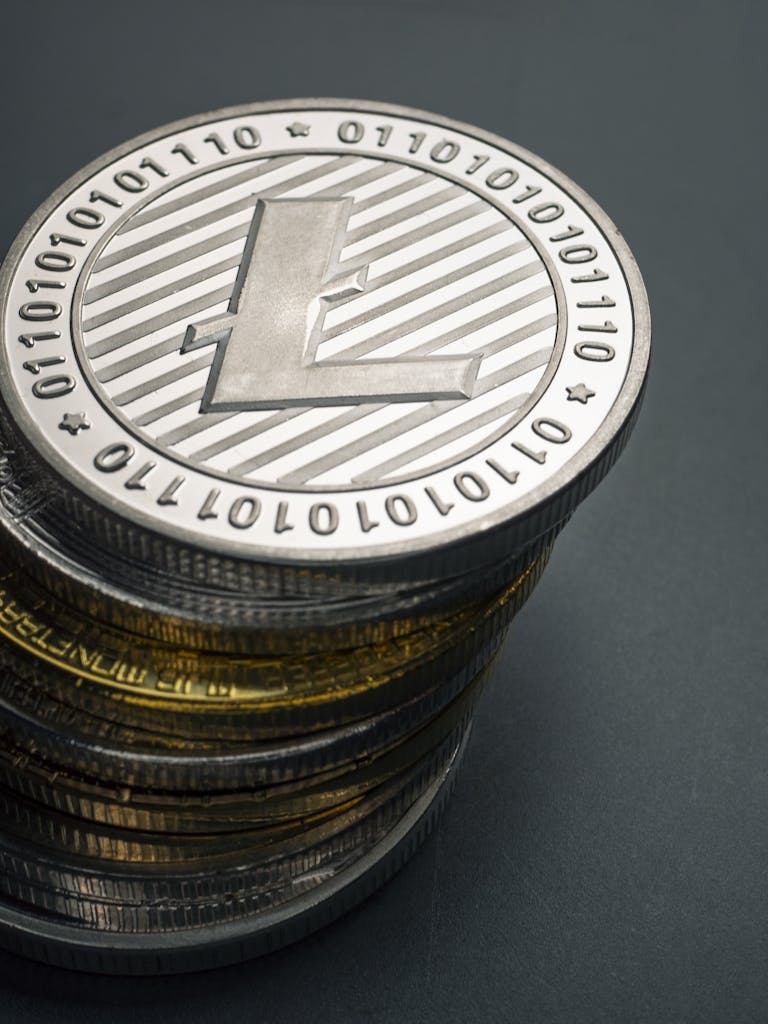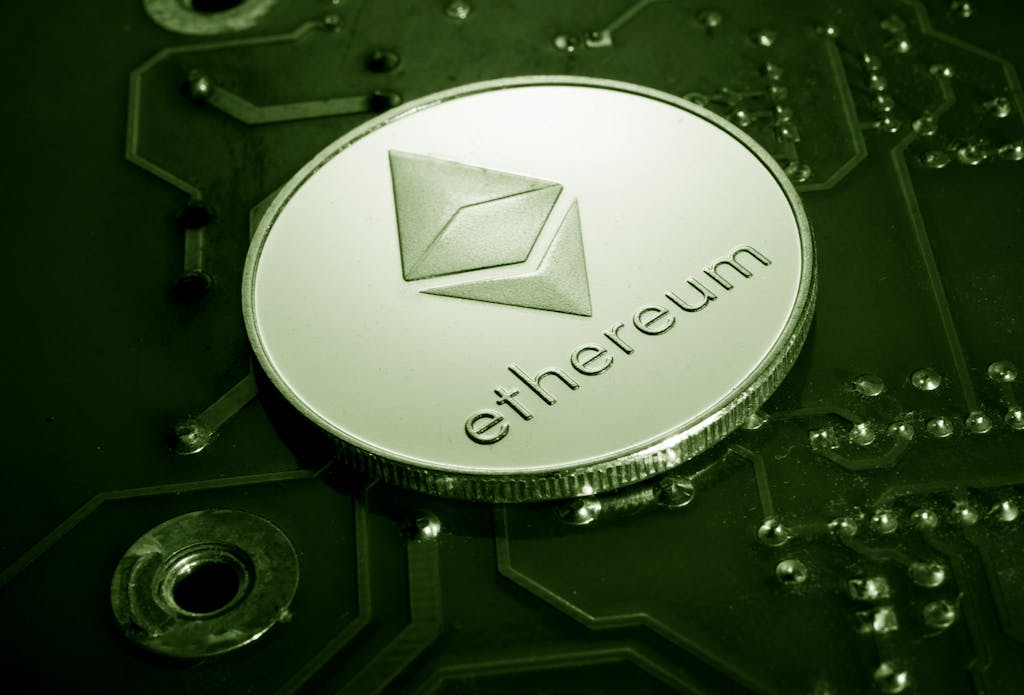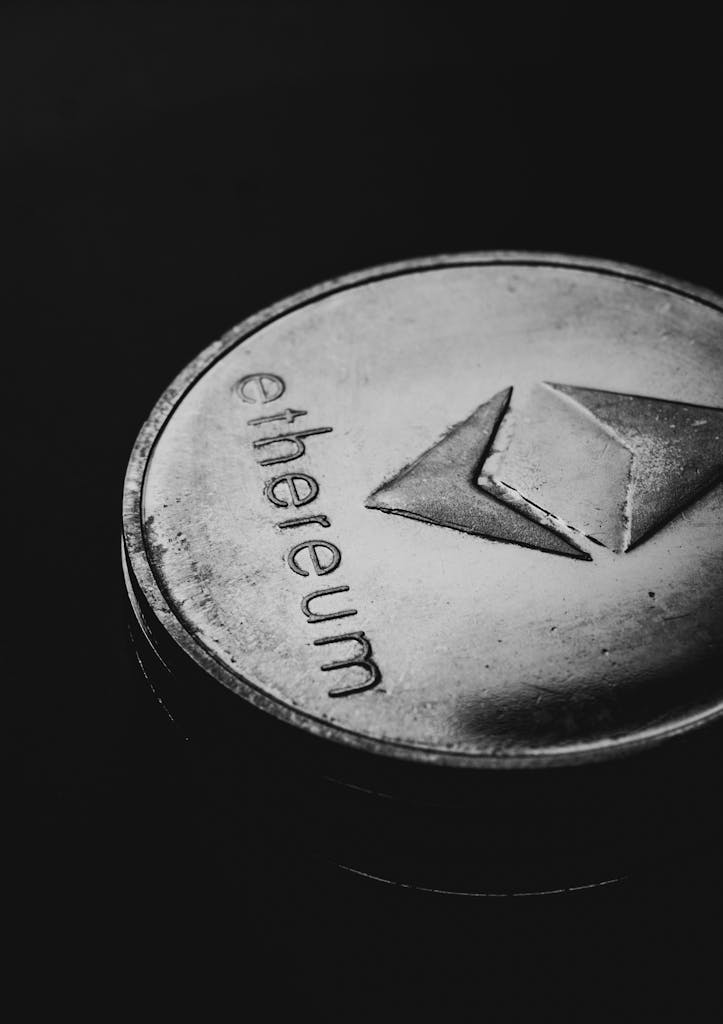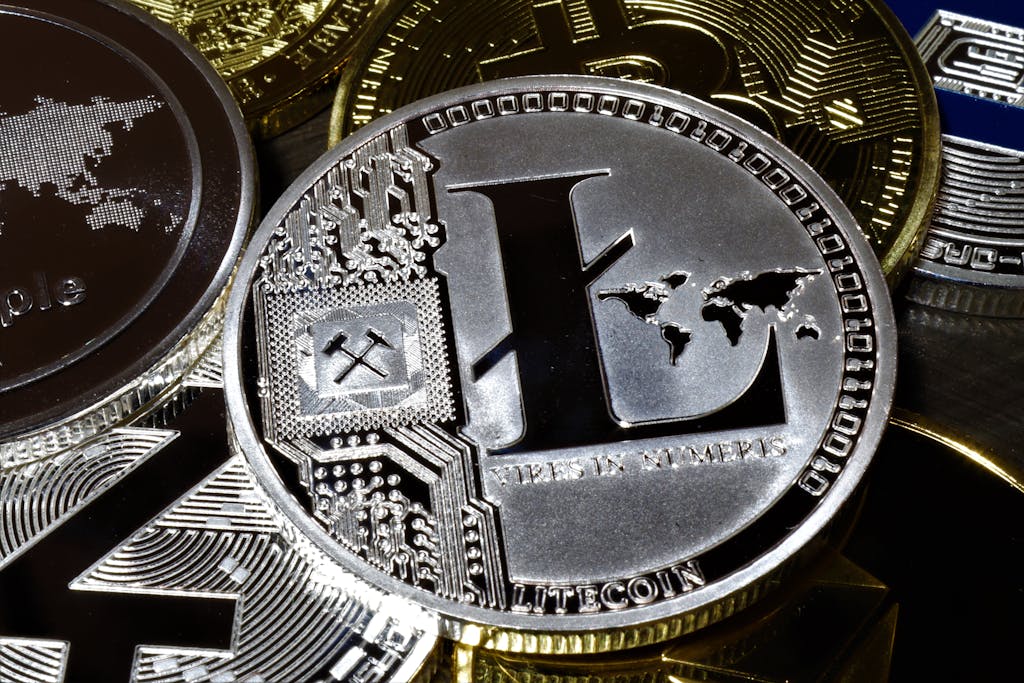How do nfts work on the blockchain?
Non-Fungible Tokens (NFTs) are digital assets that exist on a blockchain, which is a distributed public ledger that records transactions1. NFTs are typically created on platforms like Ethereum, although other blockchains can also support them1.NFTs work by using a process called “minting,” where the asset’s information is encrypted and recorded on a blockchain. This minting process…




